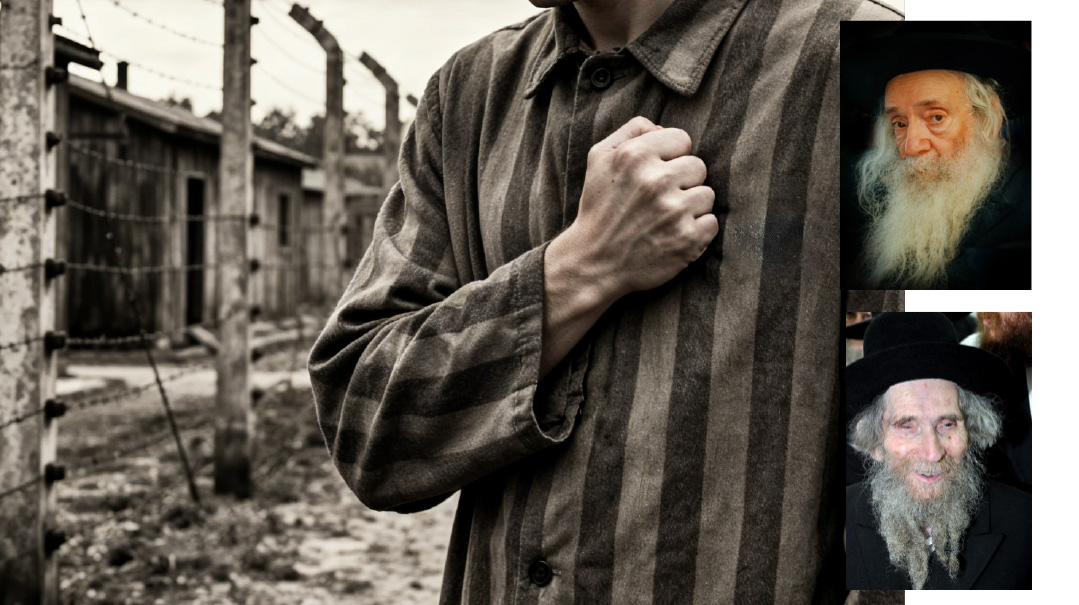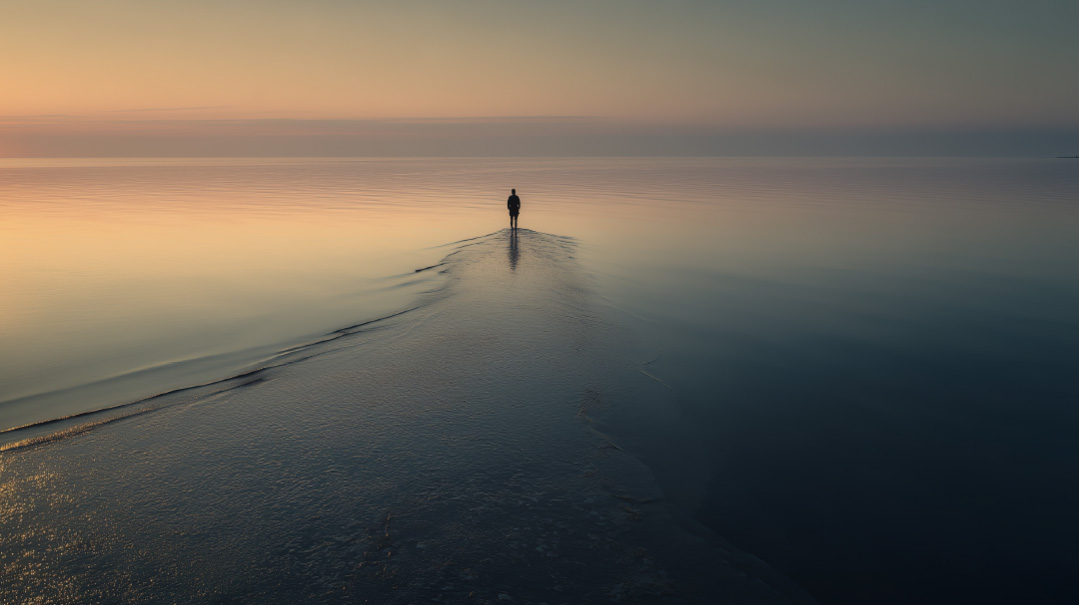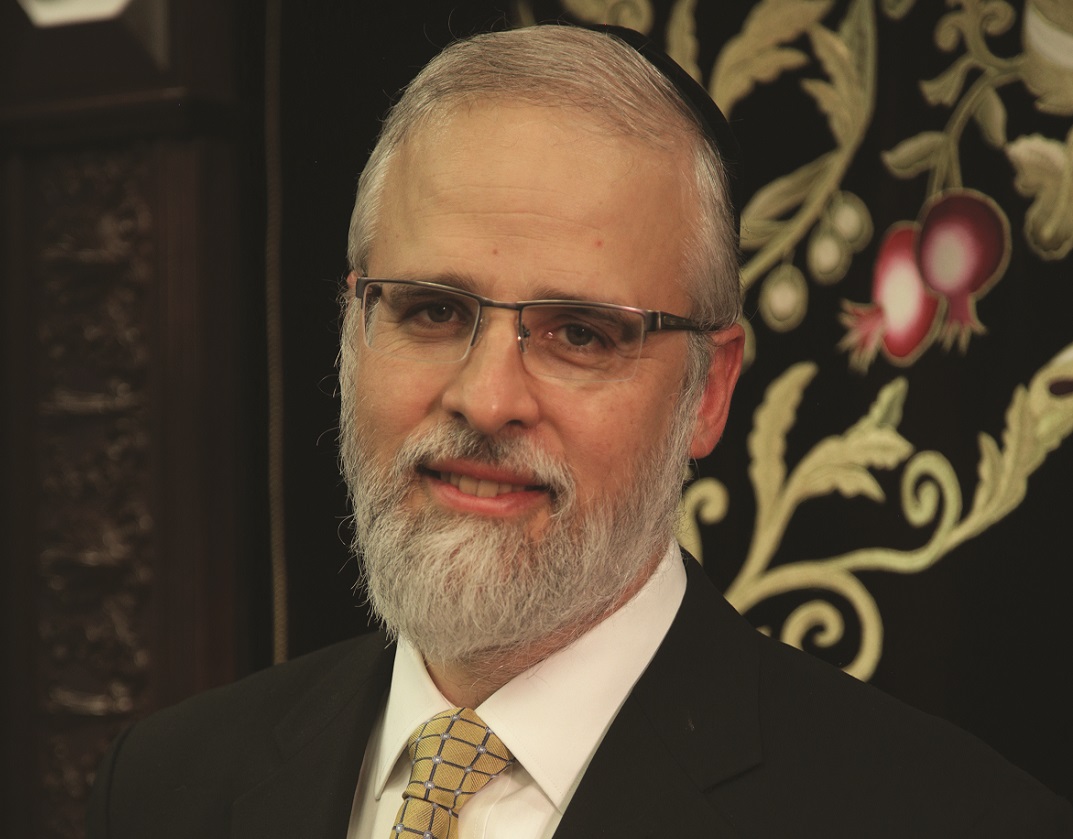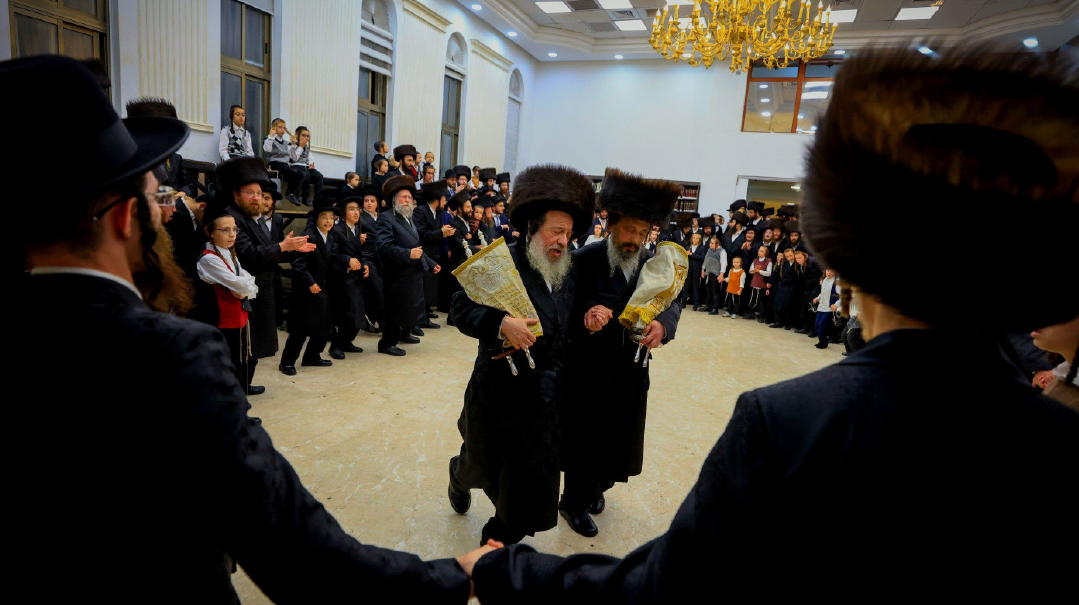Deja-Vu All Over Again
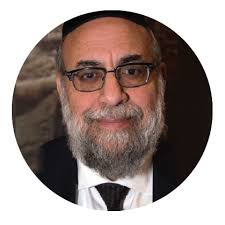
Allow me to quote a few lines from last year’s article that was never printed

PHOTO:SHUTTERSTOCK / DAVIDCOHEN156
A famed baseball legend was widely known for his lack of verbal ability, as well as for his charm and wit. One of his memorable quotes was, “It’s déjà vu all over again.”
This came to mind last week when I was asked to write a piece for the new year. As always, I went back to my files to see what I wrote last year at this time to make sure I’m not guilty of self-plagiarism. What I found truly astounding was that it was déjà vu all over again.
Permit me to explain.
Last year I wrote a column about an absolutely horrific and painful event that took place in Eretz Yisrael right after Rosh Hashanah 5784. No, I am not referring to the events of October 7, but to the infamous event that took place on Yom Kippur in Tel Aviv, when a public Ne’ilah service in Dizengoff Square was disrupted by a group of loud protesters. It also happened to be the 50th anniversary of the 1973 Yom Kippur War, which took the lives of over 2,650 young soldiers (many of whom died on that holy day).
Even the most seasoned veterans of the secular-religious divide were shocked to the core. This was a completely voluntary gathering of Jews of all stripes who wanted to conclude the holiest day on the Jewish calendar united in prayer. A participant later told me that despite her completely secular lifestyle, this prayer service is the highlight of her year, and she was truly horrified.
That column was never published due to the horrific events of October 7. The editors wisely judged, to my great relief, that the subject matter was not suitable in the wake of the Hamas massacre. The original title of that article was “Bushah,” a word that was shouted again and again at every leftist protest throughout the country. The article was about those protests, some of which called for violence against the leaders of the coalition government; the desecration of the Yom Kippur davening in Tel Aviv; and the hatred expressed against the chareidi world in general and yeshivah bochurim in particular.
One might think that after a year of such incomprehensible pain and tragedy, never-ending war on multiple fronts, Yidden still languishing in Gaza’s underground dungeons, and so many fresh almanos and yesomim, things would be different. We would be different. Instead, it’s déjà vu all over again.
Allow me to quote a few lines from last year’s article that was never printed.
The Yom Kippur War was, according to many, the conflict that shook the foundations of the state the most. The Zionist vision that saw in the miraculous Six Day War confirmation that we are invincible, and it’s all kochi v’otzem yadi, experienced an earthquake from the Yom Kippur War. It wasn’t only that Eretz Yisrael lost so many korbanos who died “al kiddush Hashem”; for many, Zionism on some level lost its soul as well.
The Mishnah in Pirkei Avos teaches us that the number 50 is for eitzah — “advice.” The mefarshim explain that the number 40 represents binah, “understanding”; so after a person has achieved a deeper understanding, he is now prepared to share that newfound wisdom with others, and even more so with himself.
The entire country has had 50 years since 1973 to heal, to try to forget the terrible trauma of everything seeming to be lost, to gain a deeper understanding of how we are completely powerless and helpless without the Divine assistance that is the only guarantee for our survival. We of course need an army, and a great one at that, to put in all the human efforts possible to protect us from our many enemies. But Yom Kippur is the reminder, especially this Yom Kippur, that we have no one and nothing to rely on except for Avinu ShebaShamayim..
The newspapers and magazines all printed excerpts from previously confidential government war diaries that clearly showed the dire predictions in the early days of the war. Some even bordered on complete loss of faith that the country could be saved. The mood among a majority of the leading army generals was that all hope was lost. Reading this reminded me of the frightening prediction of the famed Desert Fox, General Erwin Rommel in World War II, who cabled headquarters in Berlin after plowing through Egypt in a matter of days, “Tomorrow I will drink coffee in Tel Aviv!”
Every secular Israeli read these same reports in the days before this Yom Kippur. How is it possible that they were not shaken to the core? The fact they didn’t see to it to join in some form of services on this holy day, and instead chose to disrupt an organized service for mostly progressive participants, is not only beyond comprehension; it is, as they themselves chanted, again and again in front of the eyes of the entire world, the biggest “bushah” of all.
How are we to understand what this is really all about? I would like to suggest that perhaps this was already predicted many years ago. It is a very painful pill to swallow, but no less painful than the reality that took place in Tel Aviv on Yom Kippur.
Rav Mordechai Pogramansky ztz”l, the famed illui from Telz, suffered greatly during World War II, but miraculously survived. After the war ended, a few yeshivah bochurim who had also survived the war, and lost their entire families, received visas to enter Eretz Yisrael. They came to take their leave of the Rav before their departure.
He told them, “While there is no hint of it either in Tanach or in Chazal, there will come a time when antireligious Jews will enjoy great power in Eretz Yisrael itself, and will do everything in their power to remove all vestige of Shabbos and Yom Kippur and the ability to do mitzvos.”
He suggested that through his ruach hakodesh, Yaakov Avinu was shown the situation that would come to be, but he did not share this vision with his children because it would have led to unbearable despair.
DO things look different today after such a year? We don’t have to worry about a similar desecration of Yom Kippur in Tel Aviv, because the city itself passed a law that no public prayer is permitted, outside of the shuls themselves (at least at this point). The leftists and anarchists have greatly expanded their protests and now piggyback on the incredible suffering of the families of the hostages. And now instead of crying “bushah, bushah,” they call directly for the murder of the current prime minister.
I believe it was Abba Eban who once described the UN General Assembly as a place where hate reigns supreme —everyone sits together in one room, but harbors intense hostility for each other. I wonder if the Knesset is really much different. From the very beginning of this horrific war that has caused so much suffering to so many, Yair Lapid has stood on the outside, criticizing, name-calling, and worst of all, going around behind the backs of the current war government by meeting with heads of state throughout the world. To his credit, the arch nemesis of the chareidi world, Avigdor Lieberman, has for the most part kept his public statements to a minimum, although he stubbornly resisted all entreaties to join with the war government at a crucial time for the country.
The one person that is most disappointing, though, is Itamar Ben Gvir, who has long advocated for public visits to the Har Habayis (and who was the subject of an article last year by this author). He has now called for the building of a shul on Har Habayis.
The issue of deferments for yeshivah students is still on the table, but the table has shifted from the halls of the Knesset to the halls of the High Court, served proudly by the attorney general herself, someone who, in the words of one of the heads of the chareidi parties, has an insatiable hatred of all things chareidi.
We have all heard and read stories of incredible chesed among Yidden, and also of previously avowed secularists who have come to respect, understand, and maybe even joined together with their chareidi brothers and sisters. However, these are far and few between and not much has really changed. Unfortunately and painfully, it’s déjà vu all over again.
In closing, I would like to once again reference last year’s article.
There is, however, very encouraging news to think about as Klal Yisrael begins the new year of 5784. In Midrash Rabbah, Rav Shmuel bar Nachman says that when all of Klal Yisrael were preoccupied — Yosef’s brothers with selling him, Yosef with his survival, Reuven with mourning over his inability to save Yosef, Yaakov with mourning over Yosef, and Yehudah with acquiring a wife — without anyone even noticing, HaKadosh Baruch Hu was busy planting the seeds of Mashiach. Often our involvement in the details of our daily lives prevents us from recognizing the overall Divine plan that is unfolding in front of our eyes.
And so, while we can be assured that HaKadosh Baruch Hu is doing His part to help unite us, what should our role be in realizing that goal? I would suggest that as bleak as the situation may look to us, we have to continue to try to bring both sides closer to each other, even just one step. How can that be accomplished? By focusing our attention on the realization that everything can change k’heref ayin, in the blink of an eye. We are taught that every Yid has the potential to change direction and his or her way of thinking, even after a lifetime of being entrenched firmly on the other side.
One of the founders of the baalei teshuvah movement in this country, Rav Shlomo Freifeld ztz”l, the unforgettable Rosh Yeshivah of Sh’or Yoshuv, was once sitting in his succah with a group of close talmidim during the Yom Kippur War. He heard one of them make a disparaging remark about the soldiers, who, for the most part, didn’t keep any mitzvos.
He stood up and pounded the table and, in an emotional voice, said to them, “You should remember that we were all on the 49th level of tumah, in the very depth of impurity, when we left Mitzrayim. And a mere seven weeks later, we all stood at Har Sinai, ready and worthy to accept the Torah, k’ish echad b’lev echad. Be very careful how you speak about a Yid!”
If we can at least start our new year with that lesson, and begin to look at the Yidden on the other side of the fence with a more understanding and loving tone, then just maybe the Lapids, Liebermans, and Ben-Gvirs of the world will do the same for the rest of us as well.
My dear chaver Reb Shmuel Unger shared with me something that he heard from Rav Avrohom Shor shlita on Shabbos Mevarechim Chodesh Elul, just a few weeks ago. He offered a new insight into what the letters of the name of Elul represent to us. Most of us live our lives with the focus on ani l’atzmi v’lo l’acheirim, which means we only think about ourselves and our positions and not about others. Our avodah this Elul should be just the opposite. It should be ani l’acheirim v’lo l’atzmi, which means that our focus should be all about others and not about ourselves.
If we can start the new year with this new mindset, then just maybe the Melech Malchei Hamalachim will, in the blink of an eye, turn things completely around for Klal Yisrael, and 5785 will be the year that we have all dreamed about and longed for over these last 2,000 years. May it come speedily in our day.
(This article was written l’zecher nishmas Sara Chaya z”l bas Rav Chaim Aryeh Zev.)
(Originally featured in Mishpacha, Issue 1032)
Oops! We could not locate your form.

